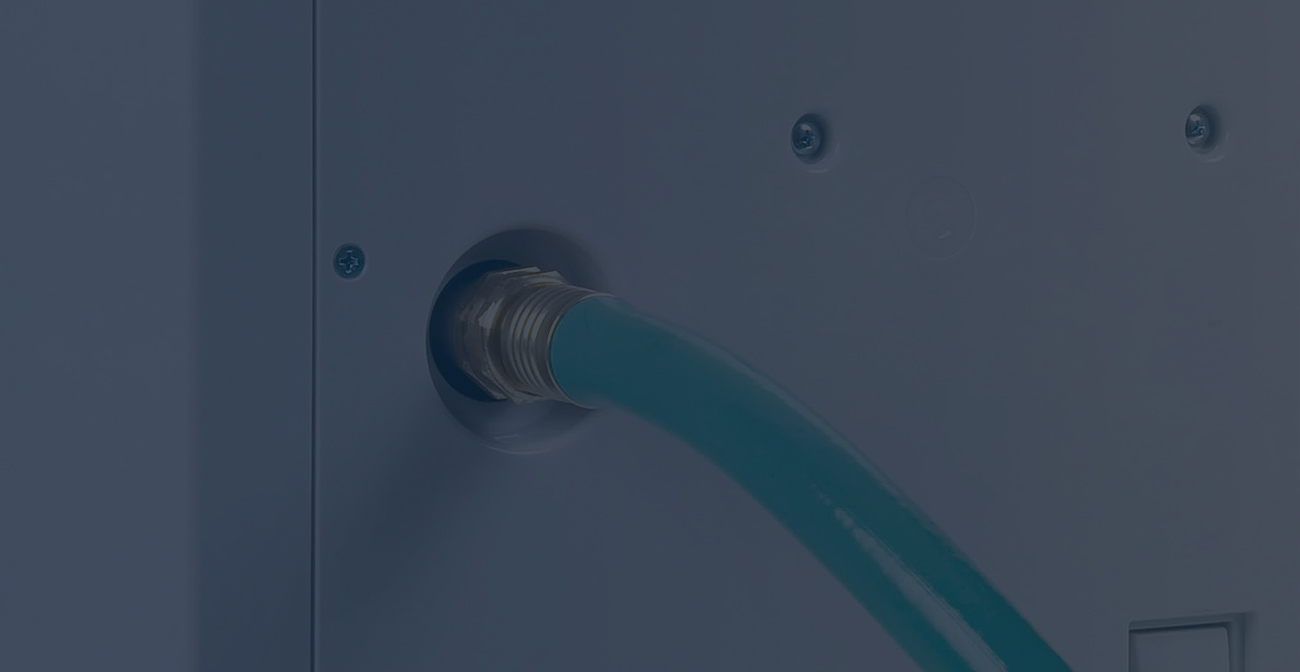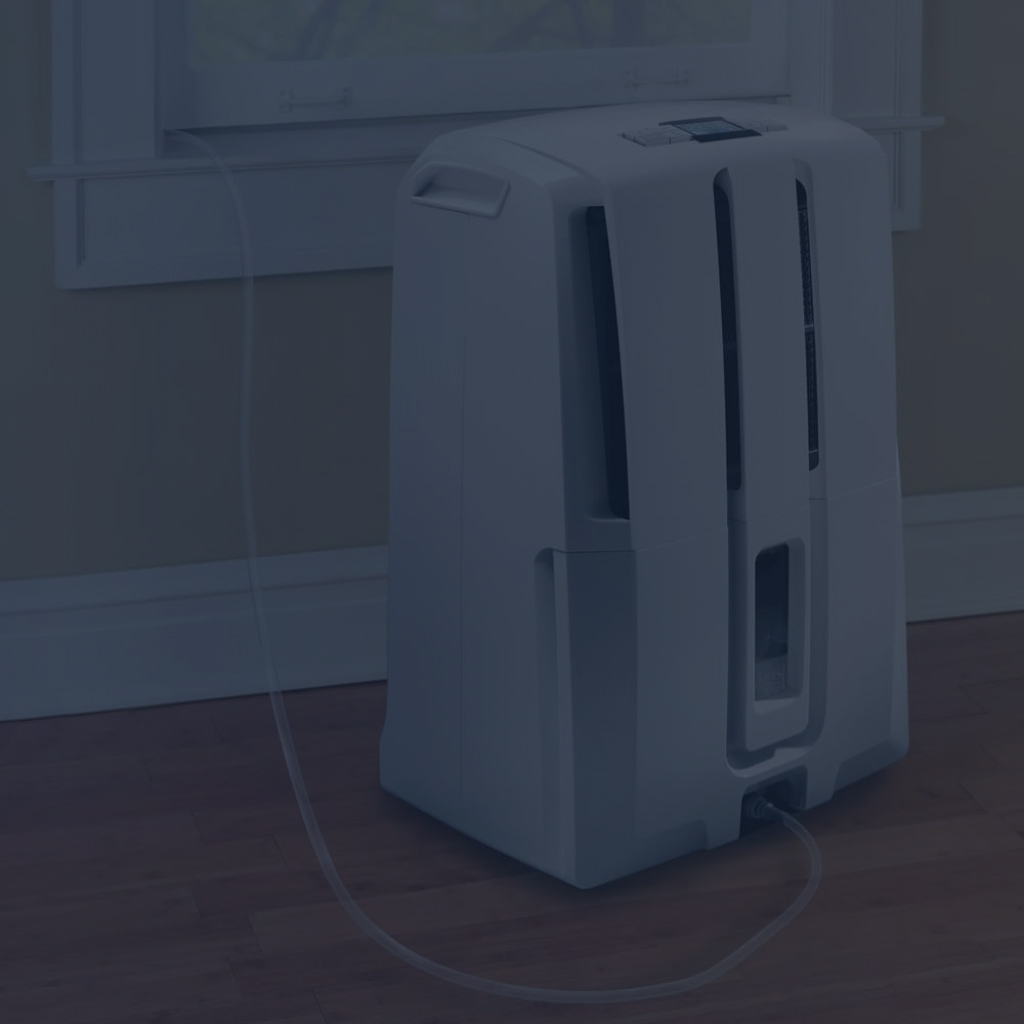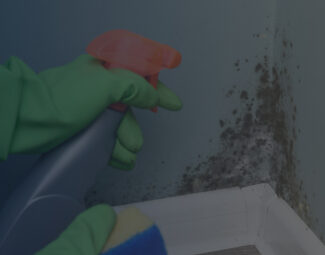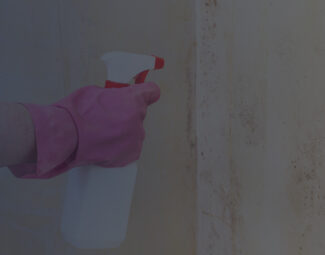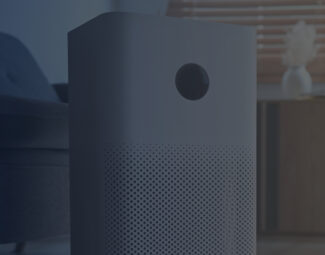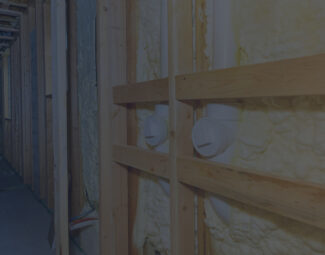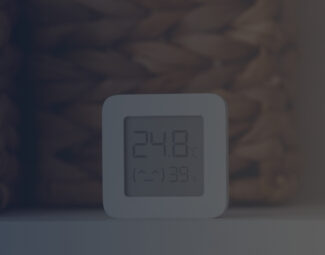E lectrical dehumidification is the response to today’s people’s struggles with high humidity, and we must agree that it is a highly convenient one. With just the push of a button, you can expect a safer environment where mold and bacteria will have lower chances to multiply. You can use dehumidifiers to dry your basement after flooding or even to keep corrosion and rust caused by high RH away from your motorhome.
One thing, however, seems to bother the users the most: manual water disposal. It may not be a problem if you are using a portable model with a small water tank, but when you need to carry a 70-pint water bucket on the stairs or into another room, you will start thinking about alternatives.
Automatic water removal is the solution, but even in this case, some factors need to be considered. This article will get you through the mechanisms and ways of functioning of the two available methods, namely gravity and pump drainage, so continue reading to find out which of them suits you best.
Why Should You Choose Continuous Drainage?
First of all, we should clarify that this option isn’t always the best. Most small dehumidifiers don’t even offer it, as it is impractical to connect a device that collects only a few ounces of water a day to a hose and get yourself troubled with finding a good position for it. Automatic drainage is for large dehumidifiers. They offer the drain port, and some even include an internal sump pump.
Here’s why you should use this option, if available:
You will get continuous dehumidification
Most models come with an auto shut-off function, which is a great addition to your safety. This function activates when the water tank or bucket gets filled with water and can not gather more. It automatically turns off the device so the excess of water doesn’t get spilled all around and cause puddles and, in some cases, flooding.
But when this happens, the dehumidification process stops as well, and if you don’t notice on time that the reservoir needs to be emptied, the moisture can build up and all the struggle of containing it will be in vain. When continuous drain is used, this is impossible, as all the water goes into a drain, and buckets are no longer involved.
You will get your peace of mind back
Imagine yourself emptying a water recipient three times a day. This doesn’t sound very relaxing. Only the idea of removing it and carrying it to the sink seems tiring. If you opt for automatic drainage, you will never have to perform these tasks again. You can just set the unit on the auto mode and expect it to determine how fast should the fan spin to efficiently act upon the moisture in the room. This option will be a great time saver especially if you have multiple units functioning in your house.
Gravity Drainage
This is the cheaper method. Units that come without a condensation pump are less expensive but can be just as performant. The only difference is in the way they dispose of the water.
A gravity drainage system uses gravity to drain the water from the device into a floor drain, a sink, or sometimes outdoors.
Important to mention, this system will only work under specific conditions. The inlet end must be positioned higher than the outlet end to allow the water to be drawn towards the drain. The most common solution is to position the device on a higher stand or table. If you place it high enough, on a shelf maybe, you will be able to direct the water into a sink. Some users use the window to dispose of the water outdoors by creating a small opening for the hose. In this case, as well, the unit should be positioned at a higher level than the window.
How to Set Up Gravity Draining?
Get everything ready in five simple steps:
- Step 1 - Find a good place for the device. Build a stand or a shelf if necessary. Make sure it is large and solid enough to support the unit
- Step 2 - Chech the back of the machine to find the drain port
- Step 3 - Remove the drain plug
- Step 4 - Connect the hose to the drain port. Make a note that most models don’t include it, but a garden hose will work just fine
- Step 5 - Place the other end of the hose into a draining location of your choice
Maintenance
No matter the case, you will need to clean your dehumidifier periodically, but if you opt for gravity drainage, you will need to look for the following issues:
- Make sure that the drain isn’t clogged and the water is removed properly
- Replace the hose if it gets damaged
- Clean the hose as dirt may gather inside overtime
In general, this system works well for larger rooms that allow for the placement of a stand. It is suitable for RVs as it doesn’t require additional power and will work perfectly in a basement with a floor drain.
If you are looking for a means to keep your RV moisture and rust-free all year round, check out our best RV dehumidifiers to discover what people buy these days.
Pros
- It is more energy-efficient as it doesn’t need to action a power-consuming pump
- Maintenance is easier
- Models that use gravity drainage are usually cheaper
Cons
✖ The device needs to be positioned on a higher level than the drain, otherwise, the water won’t be evacuated.
Drain Pump
This is the most comfortable water disposal method when dealing with a moisture removal system. It is simple and efficient and requires the lowest effort from your part.
A drain pump collects the water in a dehumidifier and pumps it either horizontally or vertically into a floor drain or a sink. Most pumps will lift the water to a height of 15 to 17 feet.
Drain pumps can be either internal or external, which is excellent, as you can opt to add one if you have already purchased a device that doesn’t come with one. For both options the principle of functioning goes as follows:
- The steam/moisture in the air meets the dehumidifier, which is cold, and condensation happens, resulting in water
- When a certain amount of water has been collected by the device, a float switches the pump on
- An impeller positioned at the bottom of the pump, to which the motor connects, sucks the water and pushes it through a hose or a pipe
- When the level of water has dropped under a certain level, the float will once again activate the switch and turn the pump off
Most models come with a second switch which is actioned when the float reaches a higher level than the first. When this switch is activated, the pump has failed to dispose of the water due to a malfunction, and the system is turned off to prevent the overflowing of the unit’s water recipient.
Check out our selection of dehumidifiers for crawl space, as most of them rely either on gravity or a pump to drain the water, and decide for yourself which of these methods can help you better with your home restoration project.
How to Set Up a Drain Pump?
The process is pretty simple but will be a bit different depending on the type of pump.
Internal Condensation Pump
It is already integrated into the machine, so you will only need to ensure the hose, if not provided, or set up a pipe system that will lead the water to your chosen drain. The process of attaching the hose goes the same as in the case of gravity drainage. The only difference is that you won’t need to make any height adjustments. You can place the unit at ground level and even direct the water up into a sink or out the window.
External Condensation Pump
It serves as an intermediate between the device and the drain. Here’s how to install it:
- Step 1 - Find the drain port at the back of the unit and connect the hose
- Step 2 - Place the other end of the hose into the drain pump
- Step 3 - The pump will come with its own hose. Direct it into a floor drain or other location
- Step 4 - When the pump will fill with water, the motor will turn on and run the impeller, pushing the water out
Maintenance
Just like in the case of gravity drainage, you will need to keep an eye on the locations where you are draining the water. Make sure the sink or the floor drain doesn’t get clogged or you may end up with some pretty large puddles. At the same time, you will need to check the hose for potential damage and remove any dirt that may have gathered inside it.
Moreover, with condensation pumps, you will need to clean the mechanism once in a while, as dirt can gather around the motor vents. You should pay attention to the water recipient as well, which may develop mold over time if not properly cared for.
Pros
- Can easily pump water above ground level
- Comes with a safety mechanism that shuts down the water removal process if a malfunction occurs
- Doesn’t need a stand or a shelf as it doesn’t need to be lifted above the draining location
Cons
✖ Will elevate power costs
✖ Maintenance takes a bit longer
Gravity or Pump – What Suits You Best?
If you put these systems side by side you will observe that each of them is suitable for a certain situation. For example, if you are going to run your device in the bathroom or the basement where a floor drain is available, you will probably not need a pump. Just a small stand that can lift the unit above the ground. This method will function fine with minimum maintenance and you will only need to pay for the power drawn by the dehumidifier.
On the other hand, if a floor drain isn’t available, the pump is almost a must. It is difficult to create shelves or stands that can be higher than a sink or a window level. Plus, you have probably noticed that units that offer continuous drainage aren’t the most compact and lighter on the market.
A model with an incorporated sump pump is perfect if you lack the space. It is in fact the most comfortable choice. But if you already bought the unit without a pump, the good news you can connect it to an external one and get all the water pumped efficiently.
Bottom Line
If high humidity is not such a big problem in your home but more of an episode that shows up in the summer, you can opt for manual dehumidification and pick a portable model, but when it comes to solving bigger issues, like the dampness left behind by flooding or moisture that keeps building up in the basement and favors mold growth, you need commercial gear. And it is hard to imagine that you could use it without automatic drainage. As shown, you can choose between two methods, each with its benefits and drawbacks. What’s important is for your unit to get the job done so you can get your beautiful home back.


